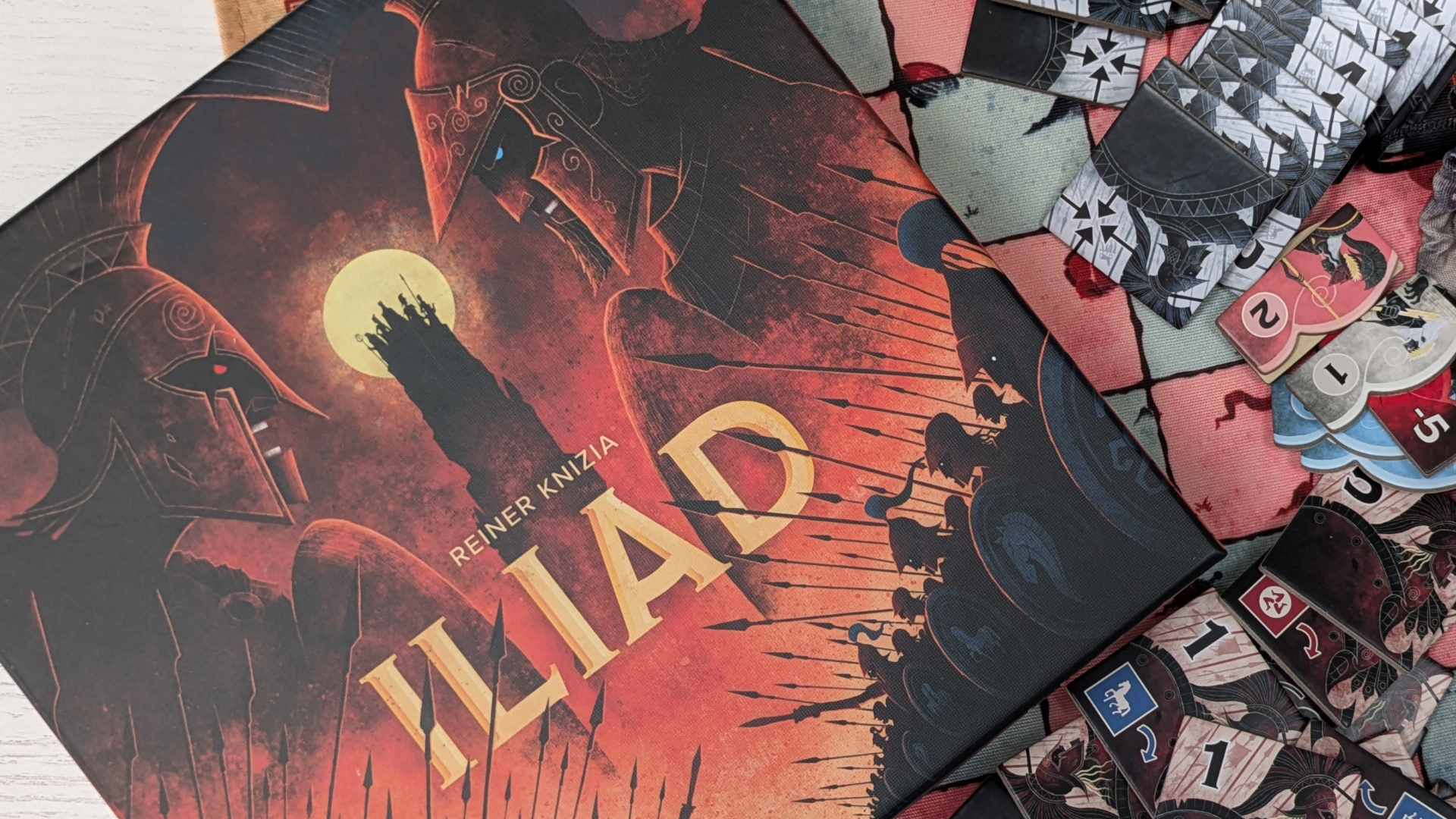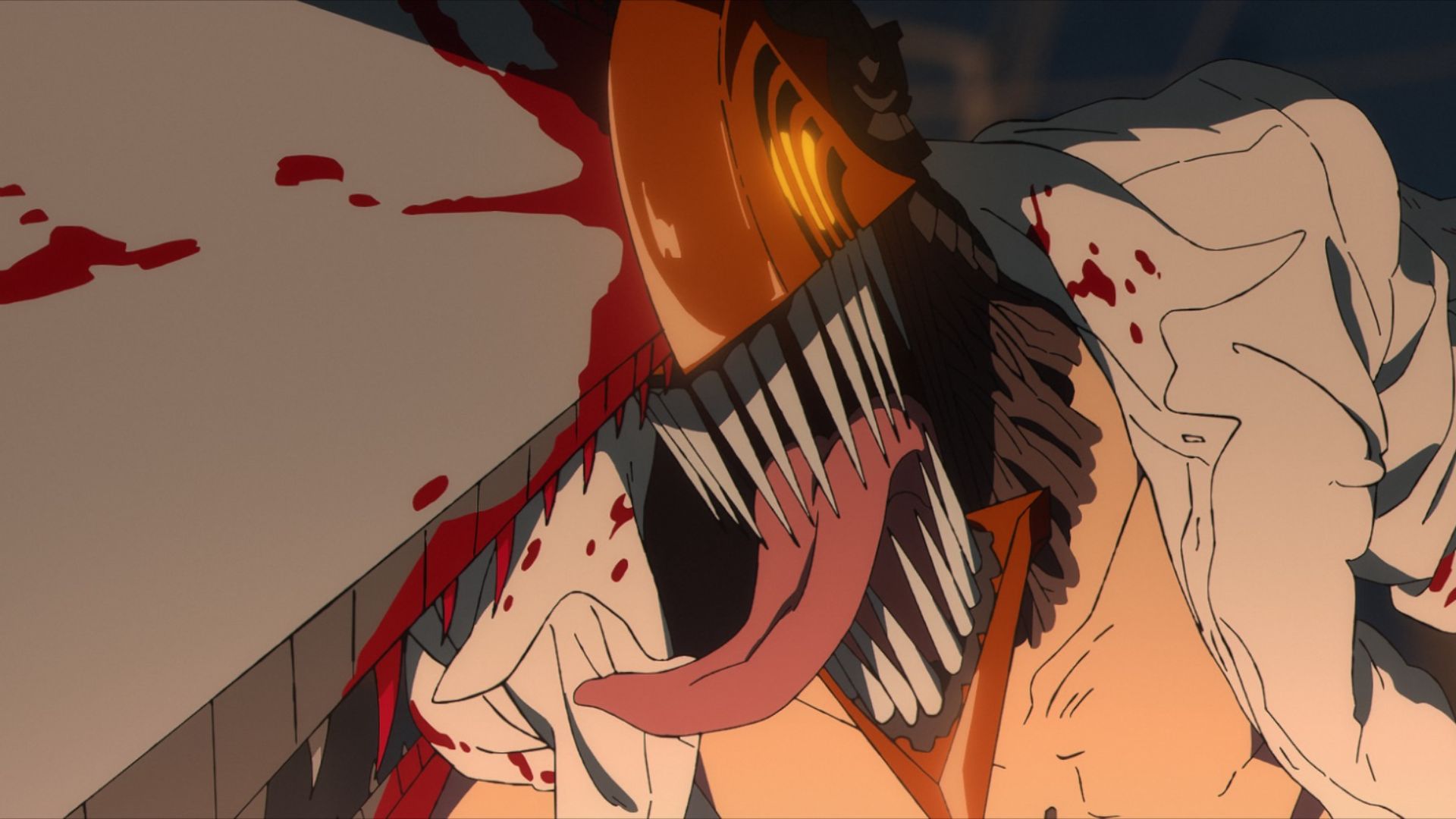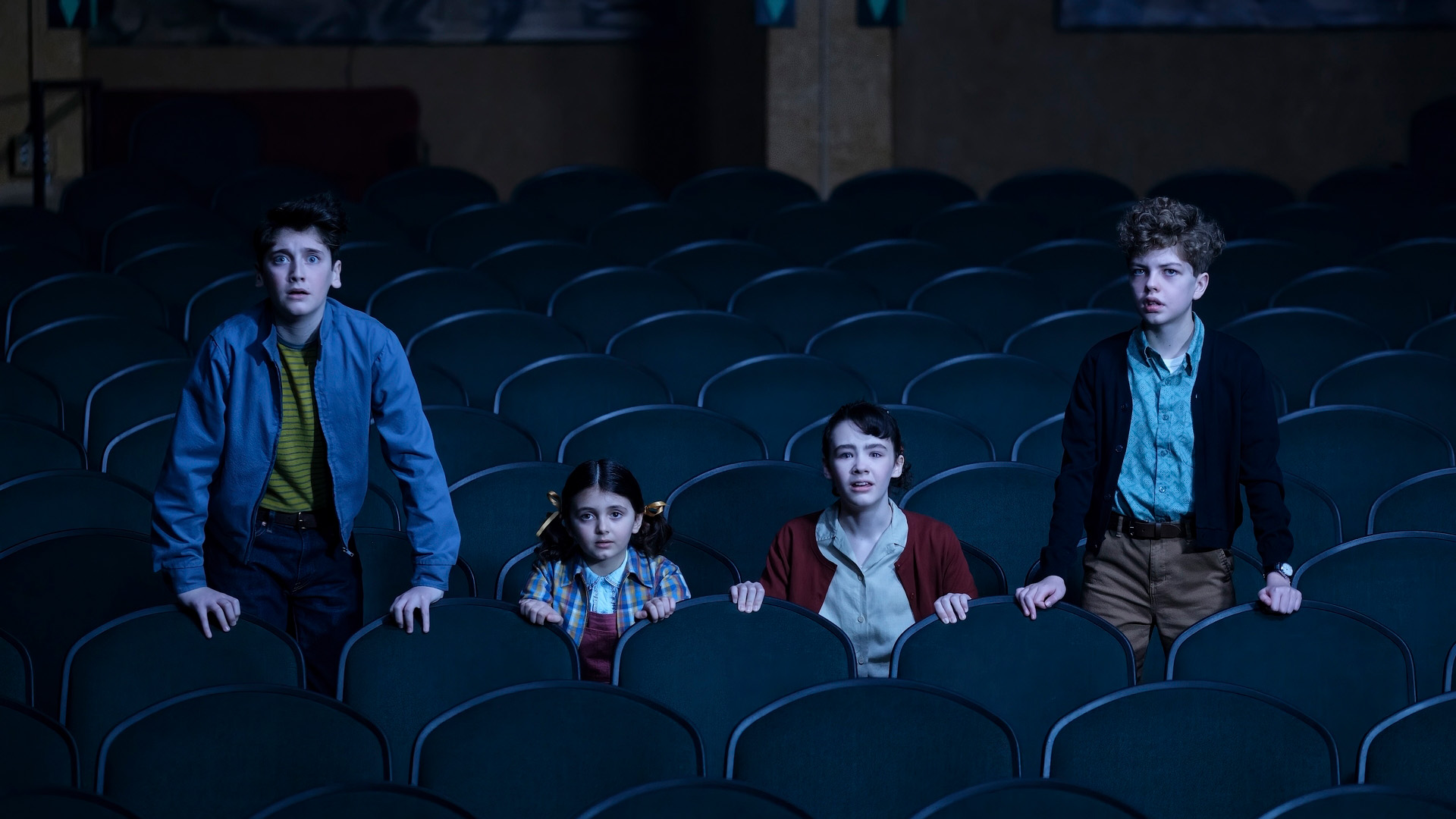Our final Dragon Age 2 interview before launch!
Lead designer Mike Laidlaw talks writers rooms, music and rebooting the Qunari for the RPG sequel fantasy fans have been waiting for
The waiting is almost over. Dragon Age 2 , the sequel to 2009's award-winning fantasy videogame, is out this week.
You may remember we spoke to the developers at BioWare when we visited their HQ in the winter. We had a long chat with lead designer Mike Laidlaw about some specifics of the Dragon Age world, both in 2009's Origins and 2011's sequel, and so we have even more to share with you now:
SFX: Dragon Age 2 sees the Qunari characters change dramatically, from a visual perspective. Is this the biggest retcon you've done - and what stopped you drawing them this way the first time?
Laidlaw: The main blocker to doing them this way before were technical issues around horns and having a horned character in the player's party. If there's one in the party you need to worry about helmet slots and so on. There were hurdles there - they probably weren't insurmountable but nobody was passionate enough about it to figure it out.
But now in fact the retcon isn't as deep as it could be. We haven't made things totally different. We'd always considered this so we'd left ourselves a little out , a little hint about horns. You remember that Broodmothers create Darkspawn out of the races - so Dwarves become Genlocks when they're caught. And Qunari are turned into ogres by the Darkspawn Broodmothers. Now, ogres have horns! So it's there. We kept that in deliberately so that if we had the opportunity to go there we were willing to do the system work.
For Dragon Age 2 the art team bit into it and went, "Yep, we're doing that." The move then is what to do with a character like Sten. The thing with him is that we didn't just want to be slapping horns on him. So we decided that there are certain types of Qunari that don't have horns. Like cows! So those are the ones that tend to be sent further afield from Qunari lands because they tend to be less intimidating. Makes sense, fits quite nicely, and allows us to get the race to a place where they look a little different. All our races do this time, the elves are slightly more stylised. It gets us to a place where the Qunari are more of a distinctly " Dragon Age " element.
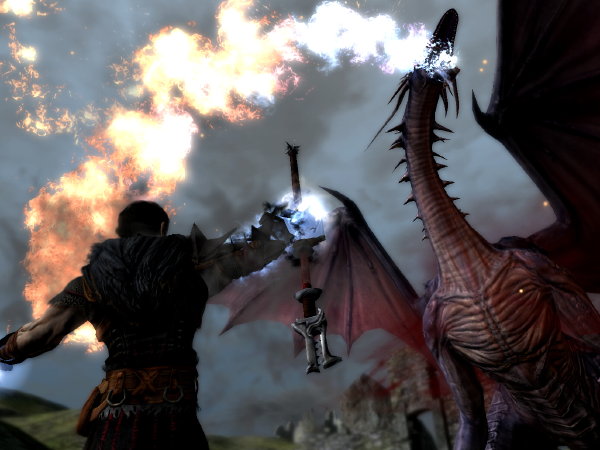
SFX: We know that some of the characters in the first game were modelled loosely on real people, Leliana for instance. Will any of the new characters look like celebrities?
Laidlaw: The Leliana in the "Sacred Ashes" video was, absolutely [modelled on glamour model Alleykatz]. But the Leliana in the game had been conceived and drawn long before that. So it's kind of true! It's a funny dovetail with what we're doing now, because if you look at that video and some of the things Leliana does in it (the increased acrobatics and the way she makes that bow really sing) it's much closer to the experience of playing a rogue in the new game.
Weekly digests, tales from the communities you love, and more
We generally don't go with specific people. We have an incredibly talented concept team. So working on the iconic Hawke character that you see in the DA2 trailers, what they were going for is a character that was aspirational. Somebody you could get behind and understand and looked human. Not somebody all beefed-out: he's strong, but he's not juiced! He represents a character who has elements of the haggard in him (he's been through stuff - and I kind of want to know what that stuff is).
Creating a character that fits the role and fits that impression was important, rather than trying to find an actor and then basing the role on them.
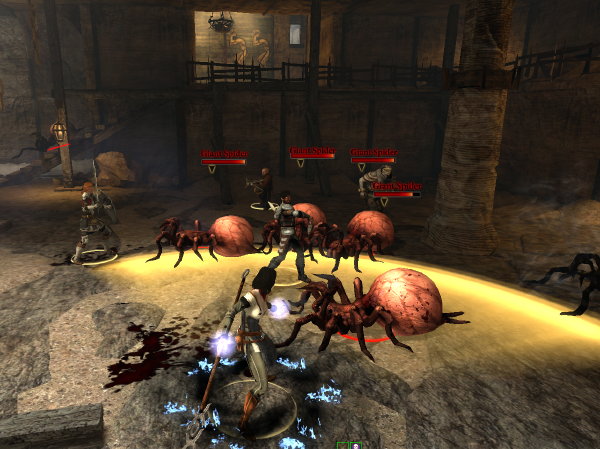
SFX: With a game that might last 50 hours - that's the same as two seasons of TV! - there are many subplots and many relationships. What sort of challenge does that create for game developers? And what sort of writers room do you have coming up with it all?
Laidlaw: The core writing team is five main people and an intern, six writers in total. Three editors, one audio director and two audio assistants to do all the voice over work. And then of course a legion of testers to make sure it all works!
The first step is developing an overarching theme that you want to explore. One of our longstanding techniques, especially when we started Dragon Age: Origins , was to build a world that was inherently an interesting place. You can give somebody a three sentence reason why they'd want to learn more about any place in the world. Seheron, for instance, is currently the home of the Qunari, who apparently fled there from something far worse across the ocean... but they won't talk about it. When they landed there, they set about converting everybody to their religion. That sounds like an interesting place that might be worth a visit. So what about Rivain? The island's inhabitants are the only ones in the world who worship spirits. They have a pirate culture. And they're the only people in civilisation who don't accept the Chantry. So that sounds interesting.
What you do is leave yourself hooks and places of interest. With Origins we left openings and hints into future stories we might tell. Foreshadowing. Elements that when people play DA2 they'll say, "Oh!" Our plan was always to build a world that has its own inherent interest, so if you need to pick a new story it's like, "Which of these seven do we want to do next?" And then it boils down to asking questions about how we want to tell it, what techniques do we want to use. For us with DA2 , changing the art, moving to a voiced player, they together allow us to tell a more personal story and one where the framed narrative is putting that glaze of authorial intent over the top of it.
SFX: The music in Dragon Age: Origins was striking. Is it the same composer, Inon Zur, for the follow-up?
Laidlaw: Inon returned gleefully. We have a great working relationship with him. For Origins he flew up and sat down with each of the teams working on the big story arcs. And he asked, "Right, what is Redcliff all about?" And he got really excited. The more we invest in him the more he's happy to invest in us. He's been a great collaborator. For this one we walked him through the vision through the artistic stuff. It was fun watching him vibrate! It's nice to have a composer who's passionate about it. He's grabbing some of his old stuff and saying, "If you're going to be doing some ogres, I'm going to weave the Darkspawn theme from Origins in there." It's an elaborate musical scheme.
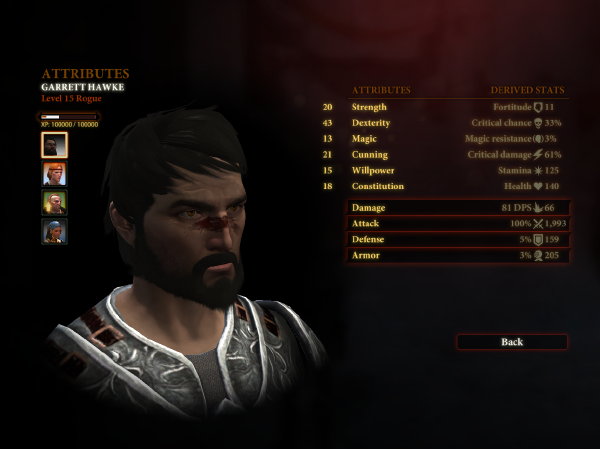
SFX: Be honest - you're hoping there will be a Dragon Age 3 , aren't you?
Laidlaw: Sure, everybody harbours some kind of hope. We have always looked at Dragon Age as something that can, should and is able to continue. A game in a world that doesn't finish. That's the plan. Not, "We beat the Blight! Great, we're done." Or even worse, "We beat the Blight! And now... here's another Blight!" We're not going to retread the same ground either. We are always looking forward, looking for room to grow and expand, to include features that have been percolating in people's minds.
The danger of thinking too far ahead is that you lose track of the need for a good ending. People need to be able to reach the end, sit back and go, "Woah. Loved it. I want more! But I'm satisfied with that story I had." I love your cooking, but I am full - this is our emotional goal. Give the player a good ending, but an ending that doesn't tie the world up in a nice neat bow and leave it there. Our plan is to keep the focus on the current ending but always assume there are opportunities to expand.
SFX: Thanks Mike!
Dragon Age 2 is out in the UK on Friday 11 March published by EA. You can read previous interviews with the development team here and in issue 206 of SFX . There's a stonking review on the website of our sister magazine PC Gamer .
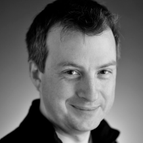
Dave was once the Group Editor-in-Chief for Future's film group, but now he's the COO of Pocket Gamer and Pocket Gamer Biz. He also freelances for SFX Magazine and hosts the Robby The Robot's Waiting podcast with a couple of friends.
